Regulatory Framework Enhancements
The Gabon Oil and Gas Downstream Market is currently experiencing a transformation due to enhanced regulatory frameworks. The government has implemented policies aimed at increasing transparency and efficiency within the sector. These regulations are designed to attract foreign investment, which is crucial for the development of downstream activities. For instance, the introduction of tax incentives for refining operations has the potential to stimulate growth. Furthermore, the regulatory environment is evolving to support sustainable practices, aligning with global trends towards environmental responsibility. This shift not only encourages local companies to adopt best practices but also positions Gabon as a competitive player in the downstream market. As a result, the regulatory enhancements may lead to increased operational efficiency and profitability for stakeholders in the Gabon Oil and Gas Downstream Market.
Investment in Infrastructure Development
Infrastructure development is a pivotal driver for the Gabon Oil and Gas Downstream Market. The government has recognized the necessity of modernizing existing facilities and building new ones to support the growing demand for refined products. Recent investments in transportation networks, such as roads and pipelines, are expected to facilitate smoother distribution of oil and gas products. Additionally, the construction of new refineries is projected to increase local processing capacity, reducing reliance on imports. According to recent estimates, the downstream sector could see a growth rate of approximately 5% annually, driven by these infrastructure improvements. This investment not only enhances operational capabilities but also creates job opportunities, thereby contributing to the overall economic development of Gabon.
Strategic Partnerships and Collaborations
Strategic partnerships and collaborations are emerging as a vital driver for the Gabon Oil and Gas Downstream Market. Local companies are increasingly seeking alliances with international firms to leverage expertise and technology. These partnerships can facilitate knowledge transfer and enhance operational efficiencies, which are essential for competing in a dynamic market. Additionally, collaborations with foreign investors may provide access to capital, enabling local firms to expand their refining capacities. The government is likely to encourage such partnerships as part of its broader strategy to develop the downstream sector. By fostering a collaborative environment, Gabon can enhance its position in the oil and gas landscape, potentially leading to increased market share and profitability for stakeholders in the Gabon Oil and Gas Downstream Market.
Rising Domestic Demand for Refined Products
The Gabon Oil and Gas Downstream Market is witnessing a notable increase in domestic demand for refined products. Factors such as population growth and urbanization are contributing to this trend, as more consumers seek access to energy and fuel. The demand for gasoline, diesel, and other petroleum products is expected to rise significantly, with projections indicating a potential increase of 6% in consumption over the next few years. This surge in demand presents opportunities for local refiners to expand their operations and enhance product offerings. Moreover, the government is likely to support initiatives aimed at boosting local production to meet this growing need. Consequently, the rising domestic demand could serve as a catalyst for investment and innovation within the Gabon Oil and Gas Downstream Market.
Technological Innovations in Refining Processes
Technological innovations are playing a crucial role in shaping the Gabon Oil and Gas Downstream Market. The adoption of advanced refining technologies is expected to enhance efficiency and reduce operational costs for local refineries. Innovations such as digitalization and automation are being integrated into refining processes, allowing for real-time monitoring and optimization of production. These advancements not only improve yield but also minimize environmental impact, aligning with global sustainability goals. Furthermore, the implementation of cleaner technologies is likely to attract environmentally conscious investors, thereby fostering growth in the sector. As Gabon continues to modernize its refining capabilities, the potential for increased competitiveness in the downstream market becomes evident.


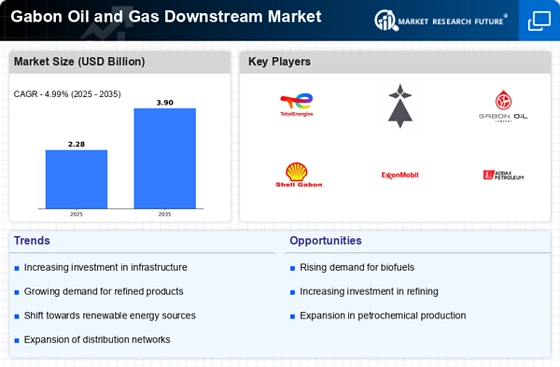
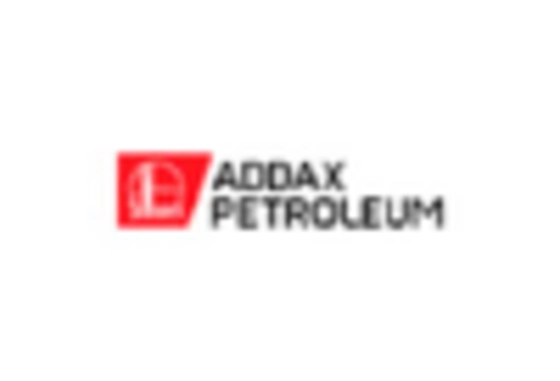
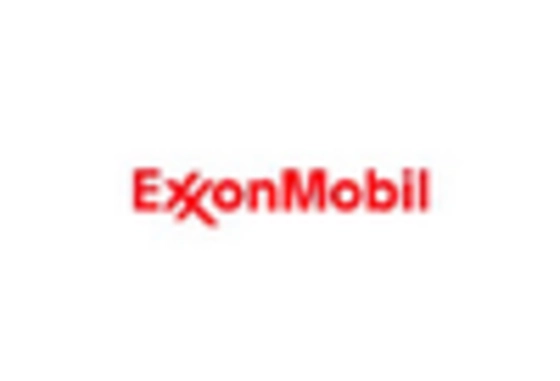

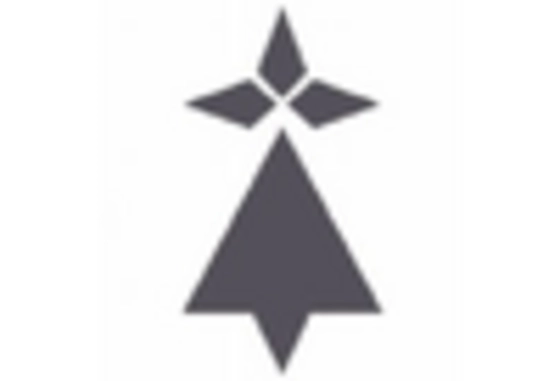
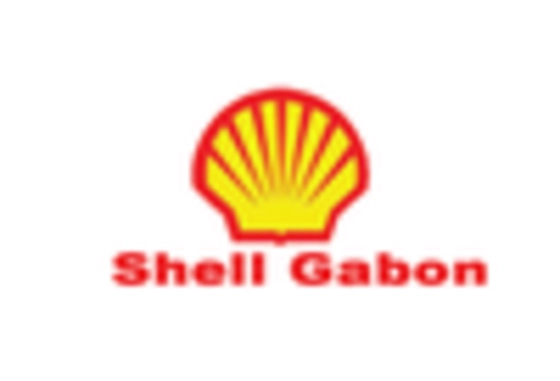
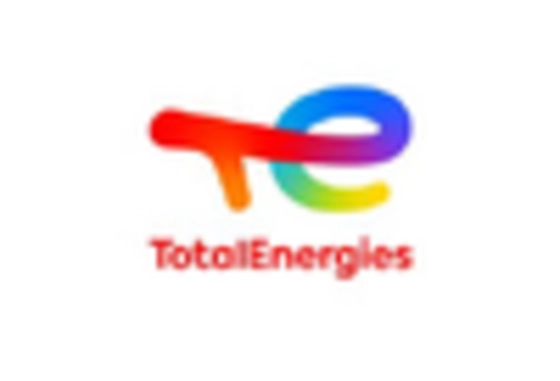








Leave a Comment